The Visitor Center resembles the original Robinson-Danzler House (that was destroyed by Hurricane Katrina in 2005), except that it has been constructed 22' above sea level atop concealedUIKeyInputDownArrow pilings. The original house was a palatial waterfront home built by one of Mississippi's most prominent lumber families.
Inside are exhibits of the cultural and natural history of the area, a sitting area, a gift shop, and loads of information about attractions, lodging, restaurants, etc. Staff are also on hand to respond to questions or assist with reservations.
Below are photos of exhibits about: the Ohr-O'Keefe Museum of Art; the role of Biloxi in the Revolutionary and Civil Wars; and the flora and fauna of the area.
The Biloxi Lighthouse was dark from 1861 to 1866 because Confederates removed the lens in opposition to Union forces during the Civil War. In 1926, electricity replaced kerosene; and, it was automated in 1938. Management of the lighthouse was transferred to the US Coast Guard in 1941 and then to the City of Biloxi in 1968. It continues to serve as a navigational aid with its 3 second on, 1 second off signature.
Below is a brief historical timeline of the city of Biloxi:
- 1699: Colonization of the Mississippi Coast and Louisiana Territory began when Canadian, Pierre LeMoyne Sieur d'Iberville (1661-1706), landed on the Biloxi peninsula. He was sent by King Louis XIV of France to locate the mouth of the Mississippi River on the Gulf of Mexico.
- 1827: Steamboat service from New Orleans to Mobile (via Lake Pontchartain) proved to be a catalyst for growth and established Biloxi as a resort destination. Wealthy families from New Orleans came to escape the heat and yellow fever season. Tourism thrive.
- 1861: Mississippi Sound was blocked by the Union forces during the Civil War causing the decline of tourism for a time.
- 1870: When the coastal railroad arrived, it replaced the steamboat services.
- 1925: Automobile travel along the Old Spanish Highway (Florida to California) through Biloxi cause continued growth until the the 1929 stock market crash.
- 1946: (post-WWII): Biloxi regained resort status and the four-lane Beach Boulevard was built.
- 1969: Hurricane Camille (August, 1969) with a 19.5' storm surge above sea level caused an estimated $1.5B damage; and, 131 people died and 41 missing.
- 1992: Dockside gambling was legalized enabling Biloxi to become a major casino destination.
- 2005: Hurricane Katrina (August, 2005) with a storm surge of 22' storm surge (and 34' waves) devastated Biloxi with $125B in damage; and, 286 dead and 67 missing. Post Katrina laws allowed on-site land casinos and have been a key factor in recovering the tourism economy.
A sign outside the Visitor Center indicates where markers have been placed that show the high water marks from Hurricane Katrina.
Below are sculptures created with driftwood found on the 25-miles of white sand beaches here in Biloxi. Burnt driftwood was found after the destruction of Hurricane Katrina.
An extensive display of prominent members of the community and the diverse families who live in the area provides an interesting history of the town.
There are many unique items in the gift shop, although I just picked up some postcards.
Next to the Visitor Center is the Moran Site, the oldest French Colonial cemetery in the south (and the second oldest in the US. It was used from 1717 to 1722. After Hurricane Camille, skeletal remains of 12 men; and, after Hurricane Katrina, another 20 were found. They were re-reinterred here in 2013. The Weeping Angel statue has been erected at the site.
After picking up several brochures for future reading, we took a walk with our sweet doggie, Sadie, on the beach across from the lighthouse. The Lighthouse Pier is currently closed due to damage caused by Hurricane Nate earlier this month.
In the late 1950s and early 1960s, this was the location for several organized civil rights wade-ins, demanding equal access to the public beach here. It gave birth to the Biloxi branch of the NAACP, voter registration drives, and the 1968 federal court ruling that opened beaches to all.
We drove west along Beach Boulevard enjoying the beautiful beaches and next stopped near the Ken Combs Pier. This is a popular fishing pier for locals, but it, too, sustained damage from Hurricane Nate. We met one fisherman who caught these two large redfish from the end of the pier. He said grilling them is the best way to prepare them...yummy!
Another reminder of the recent hurricane is this damaged sailboat.
Boat launches are available next to the pier. We enjoyed seeing water fowl in this area.
We made just one more stop before heading home. A pavilion and large fire pit can be found here.
The miles and miles of white beaches here are just beautiful! I know we are going to enjoy our one month stay here very much!
Website: www.biloxi.ms.us/visitor-info
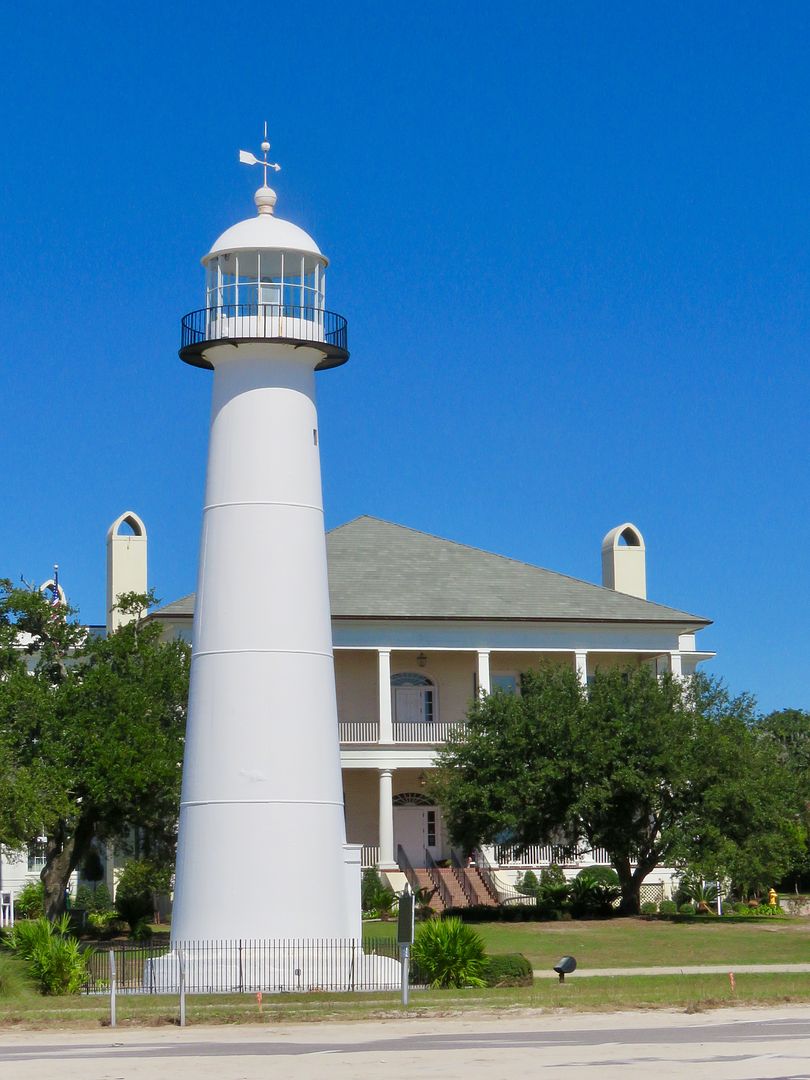
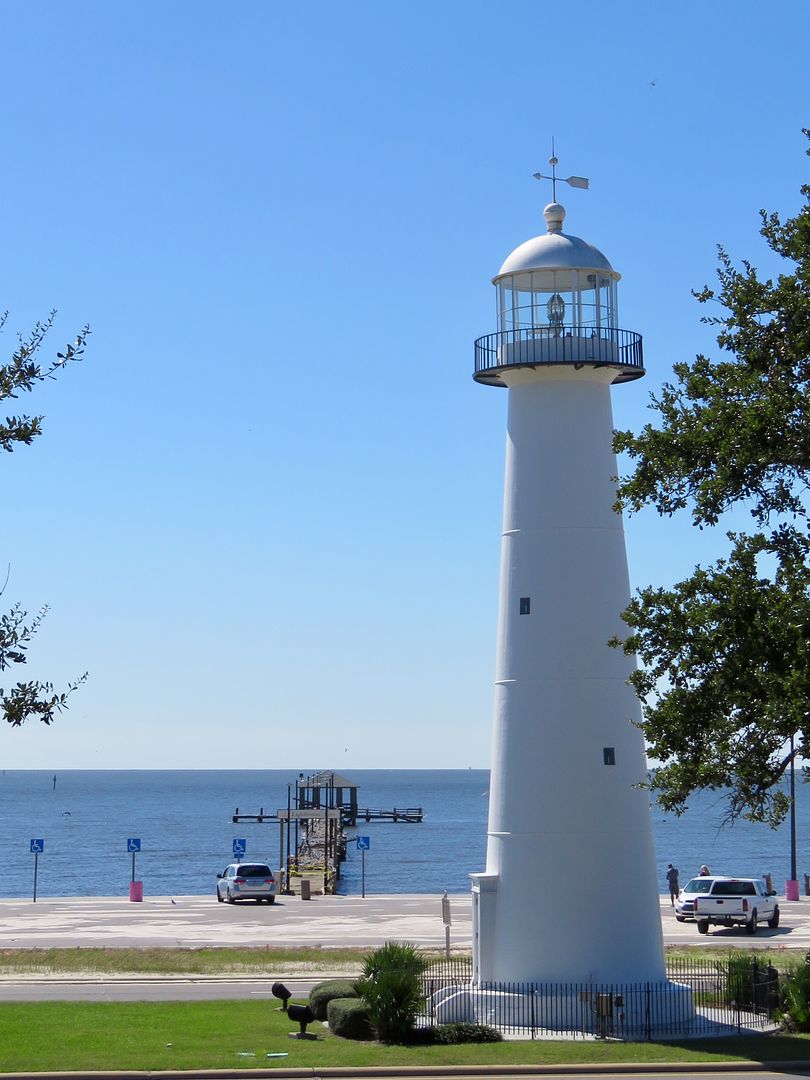
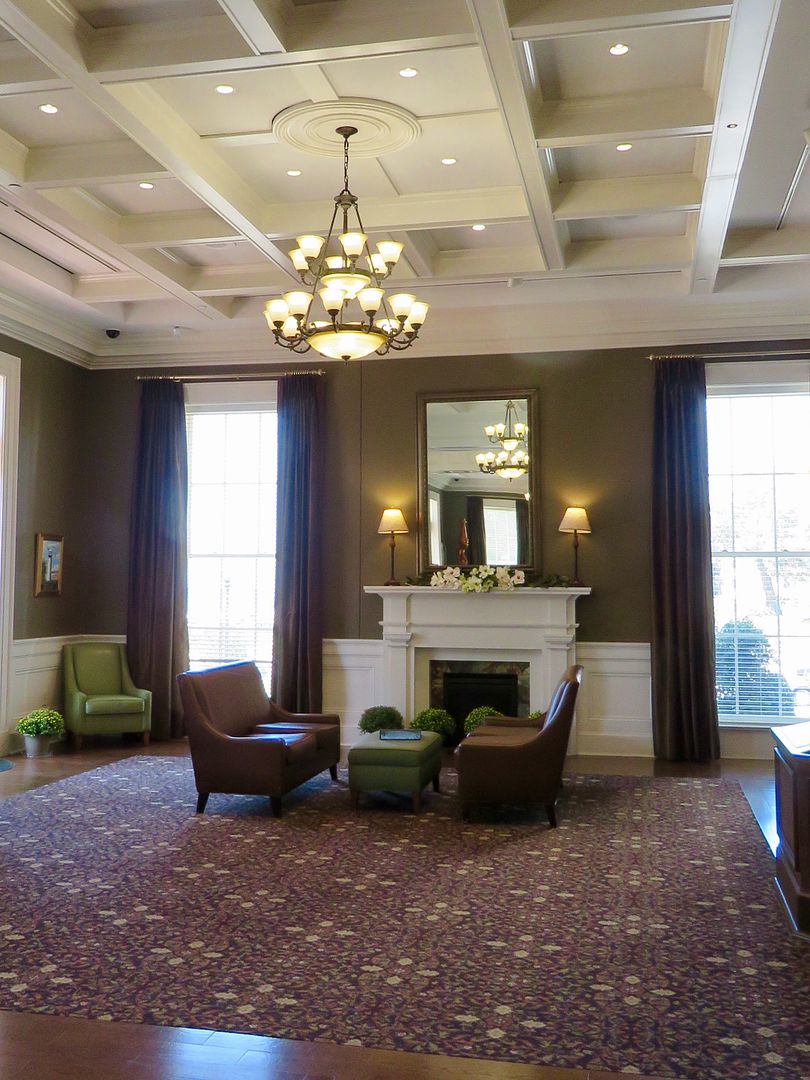
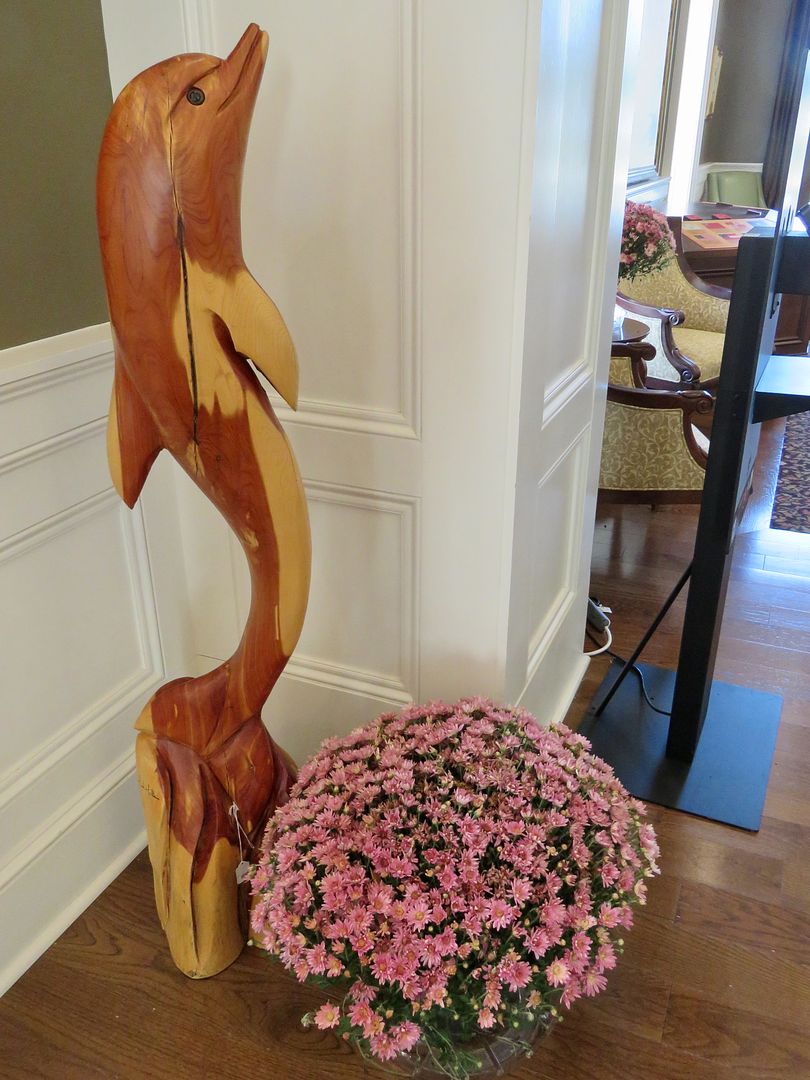
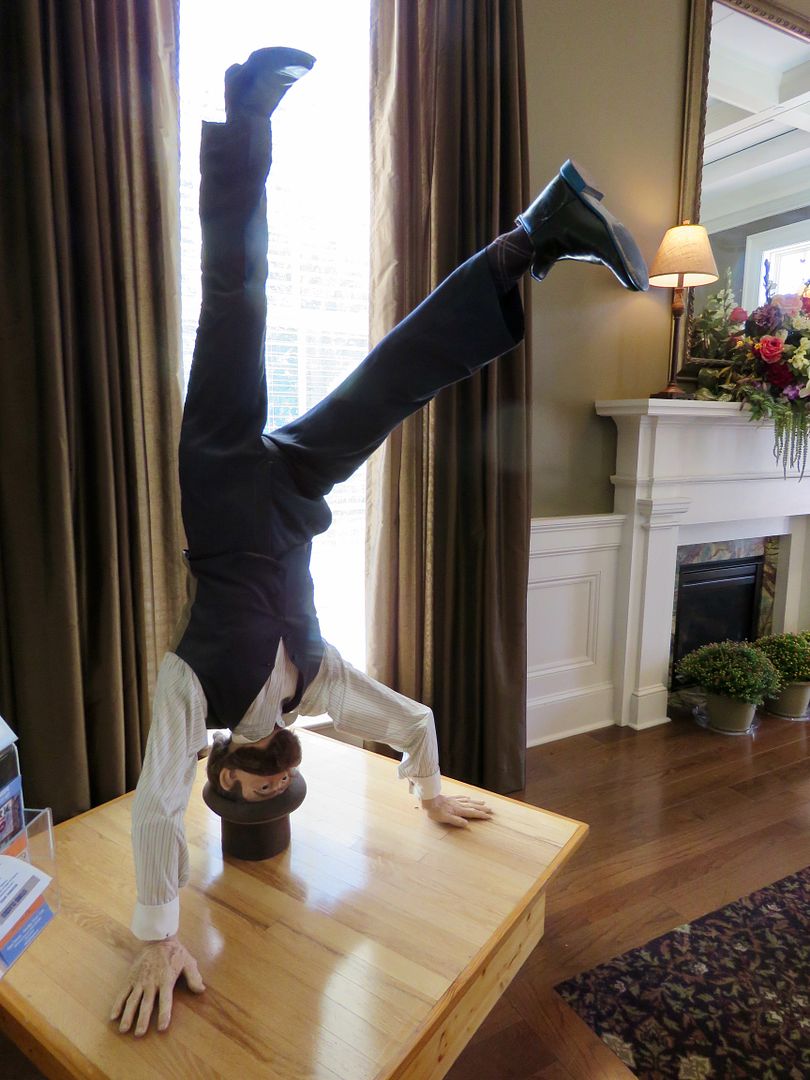
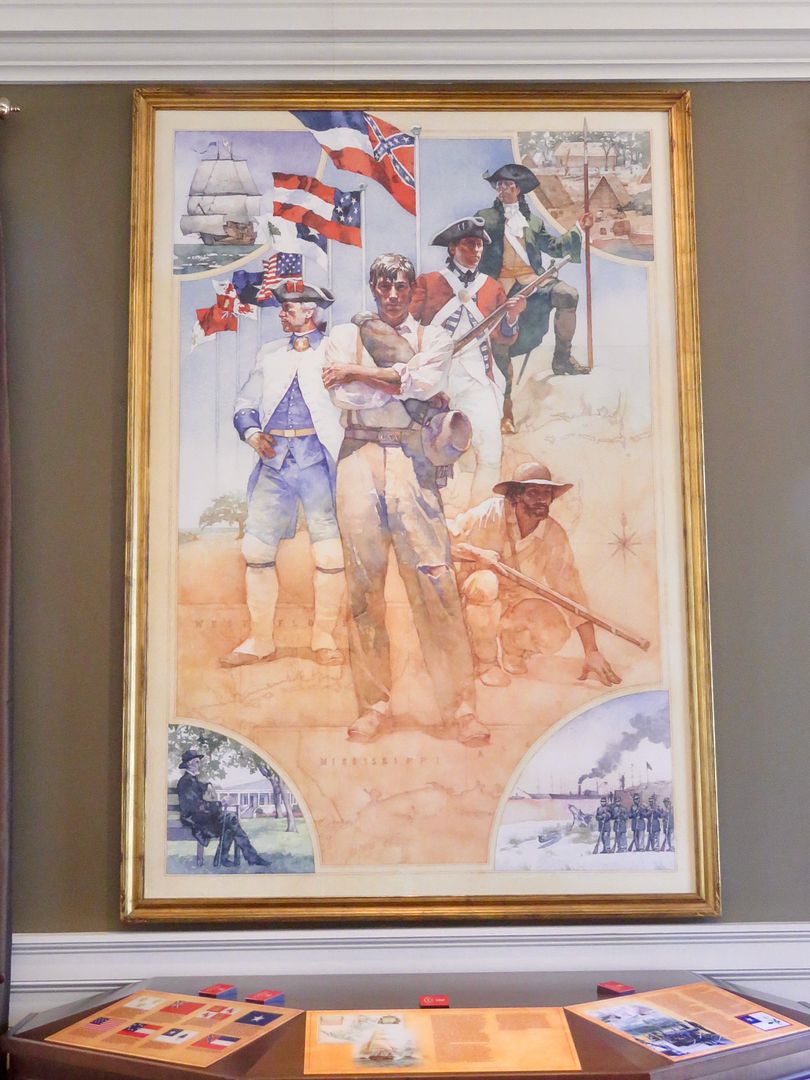
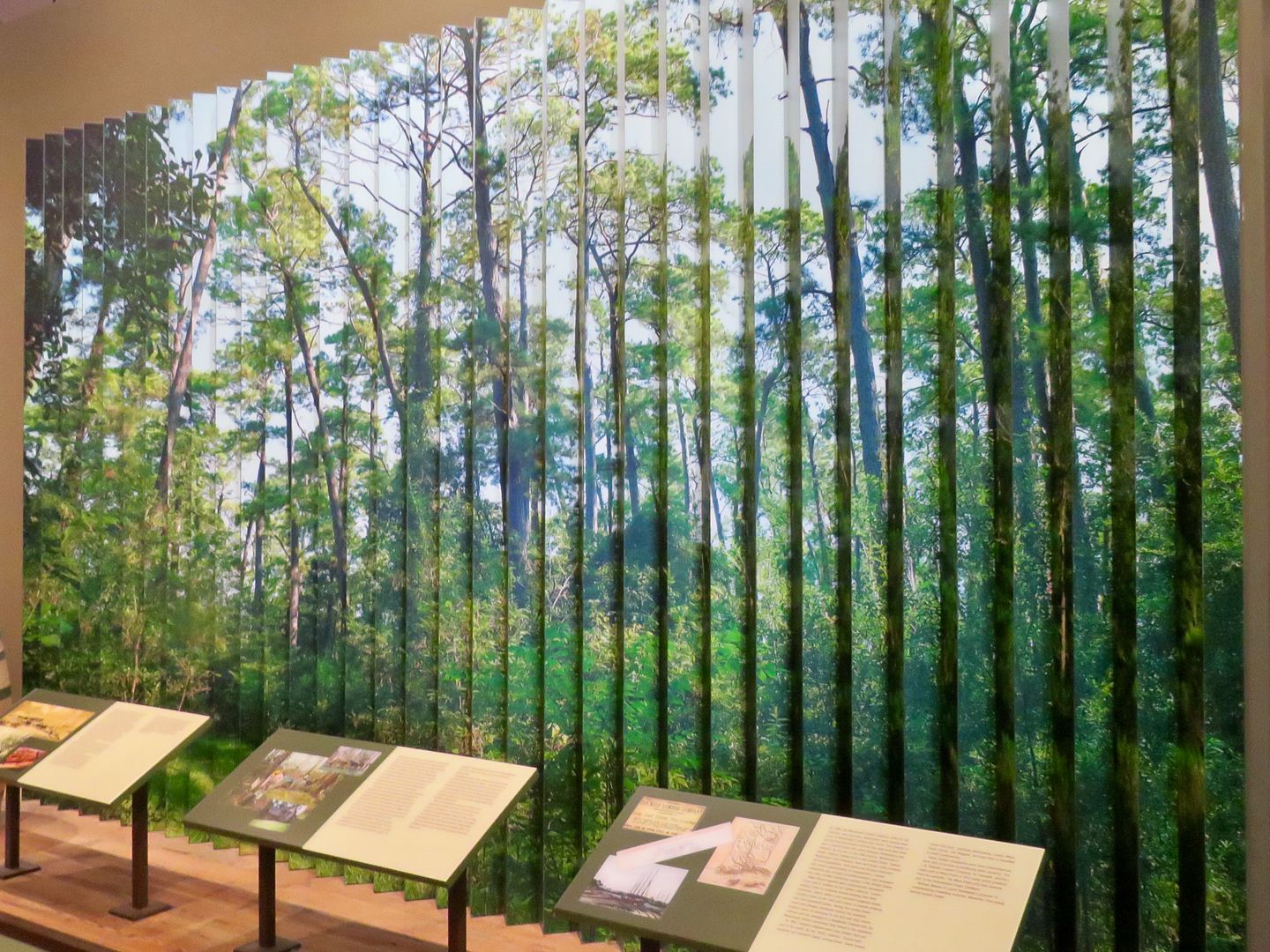

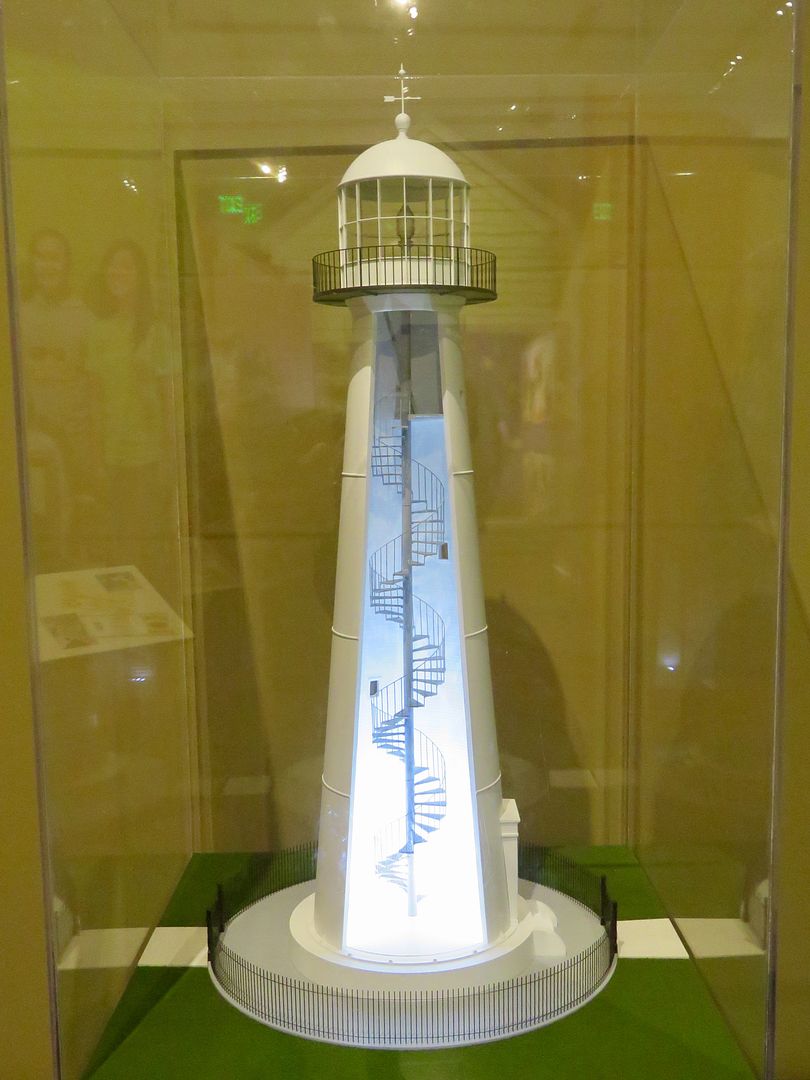
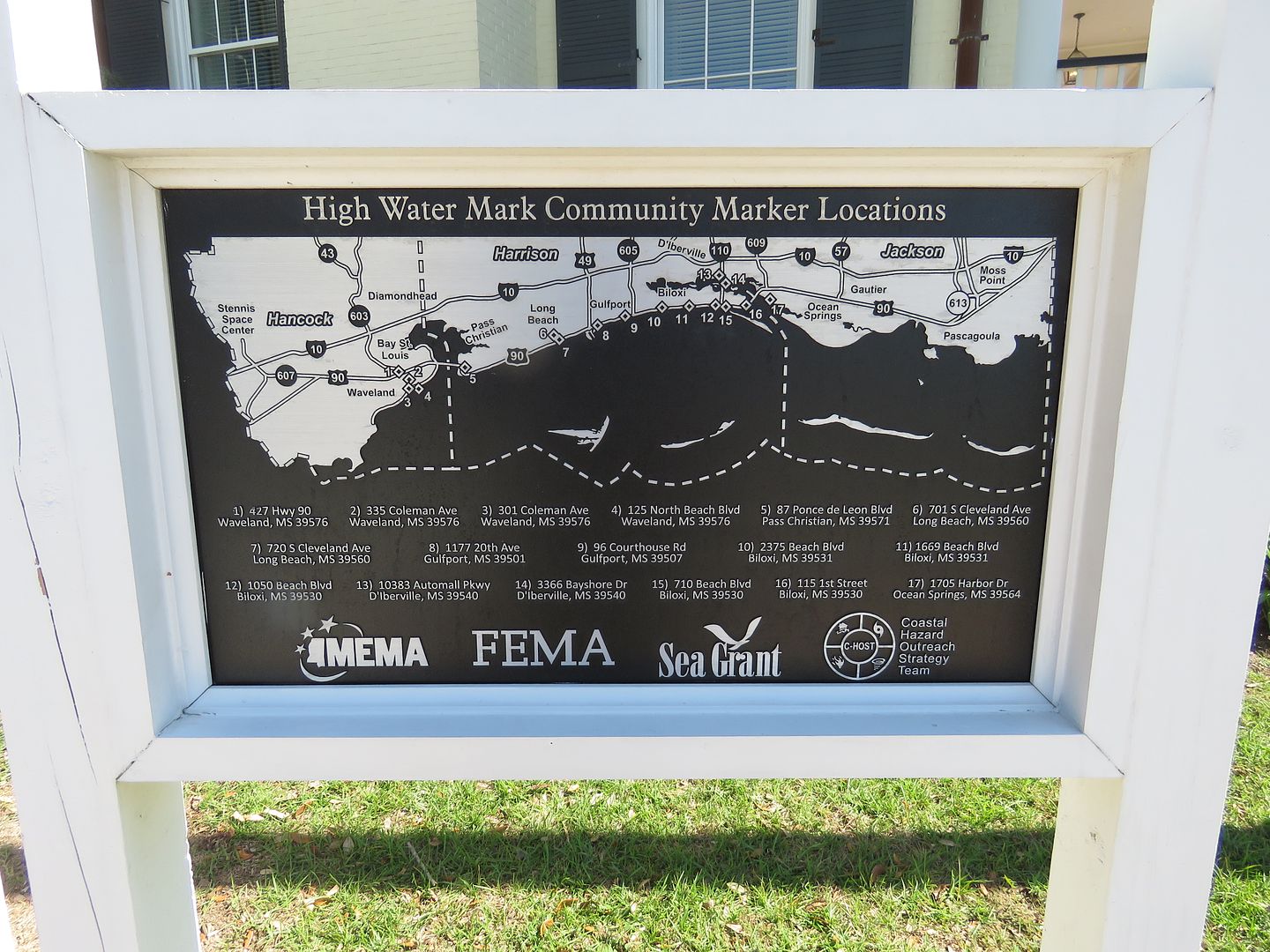
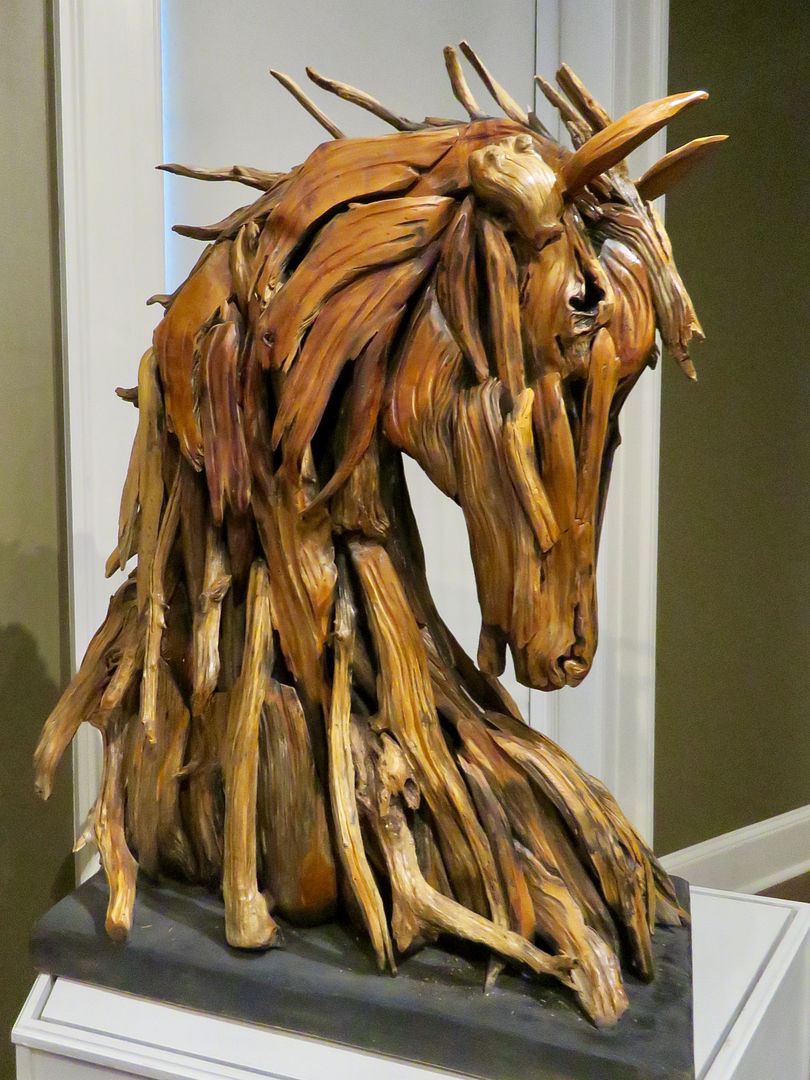


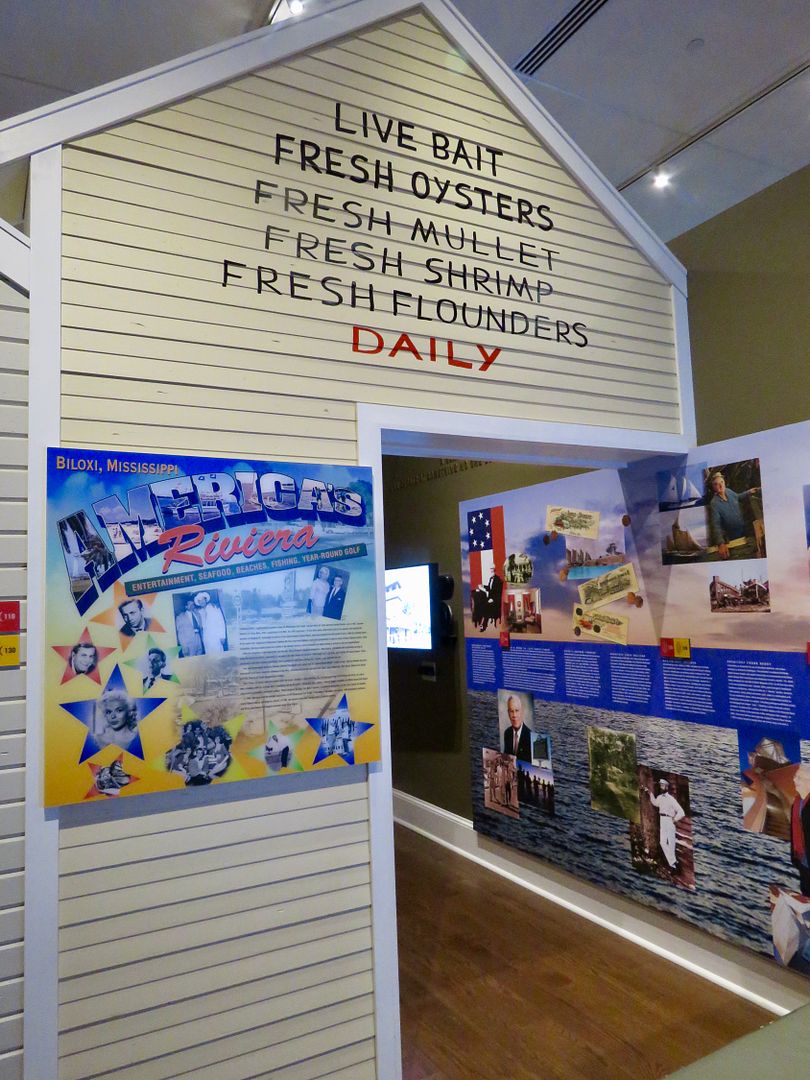
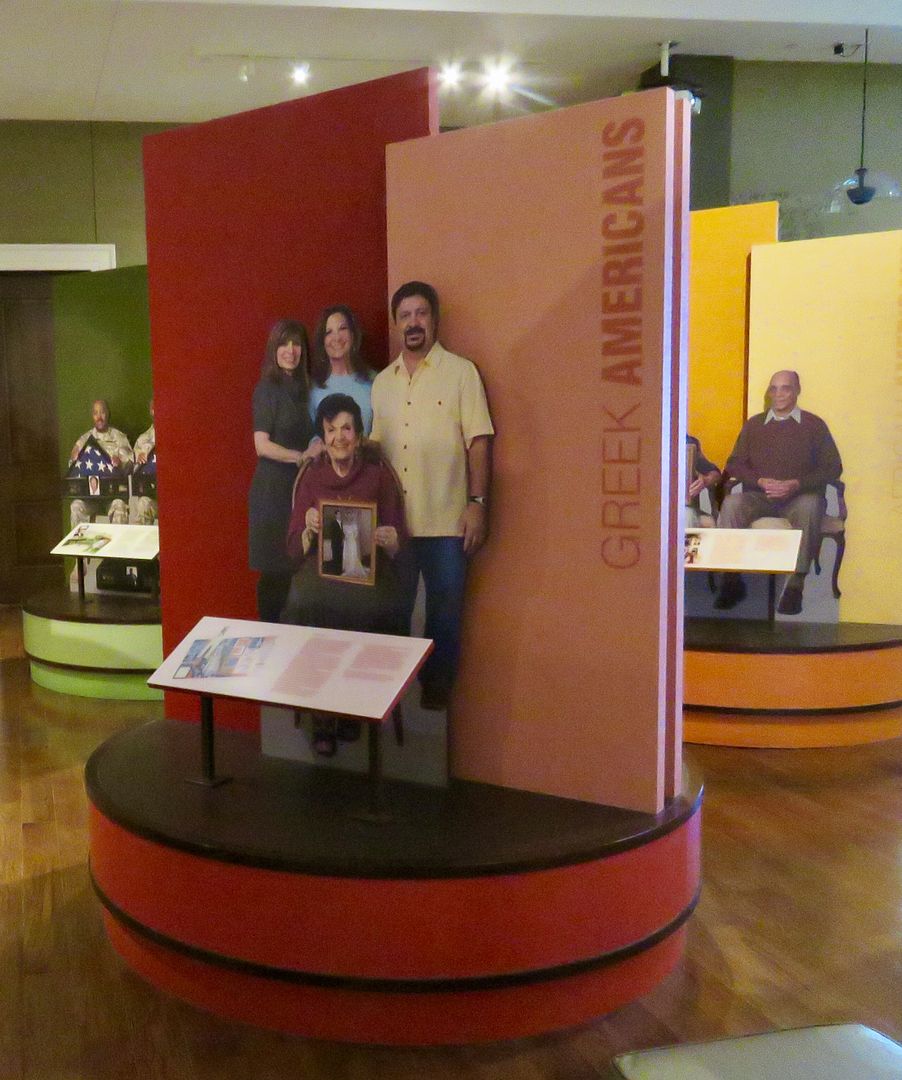


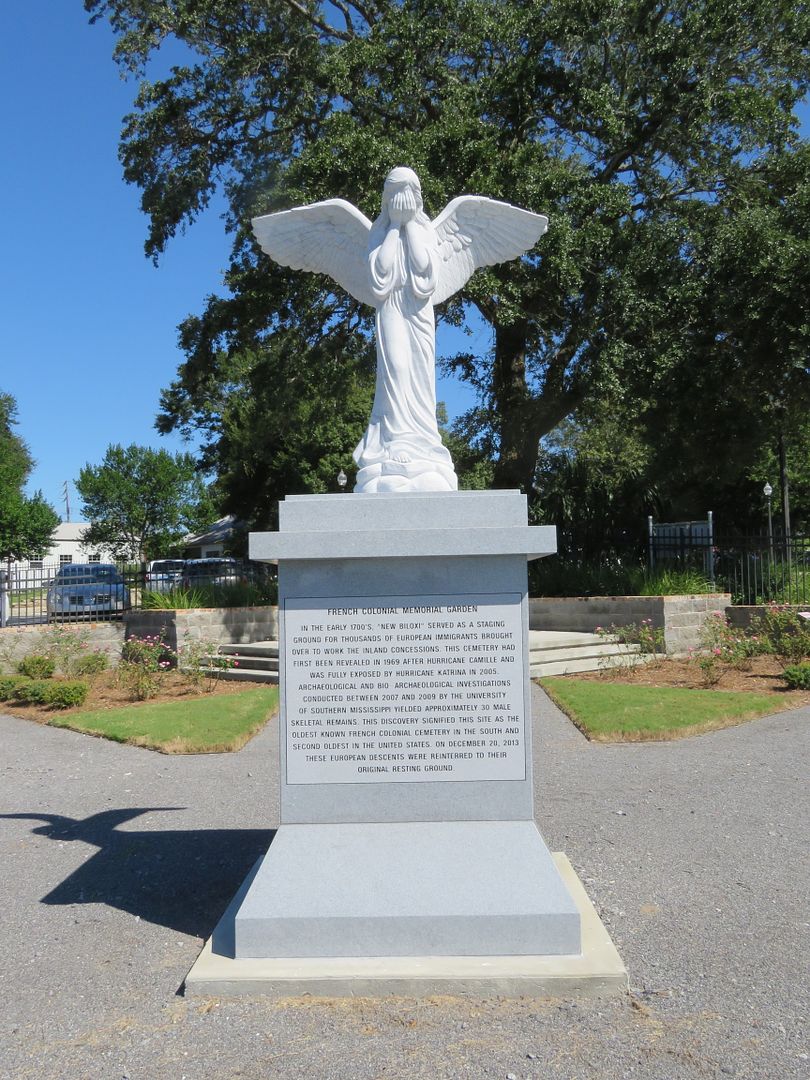
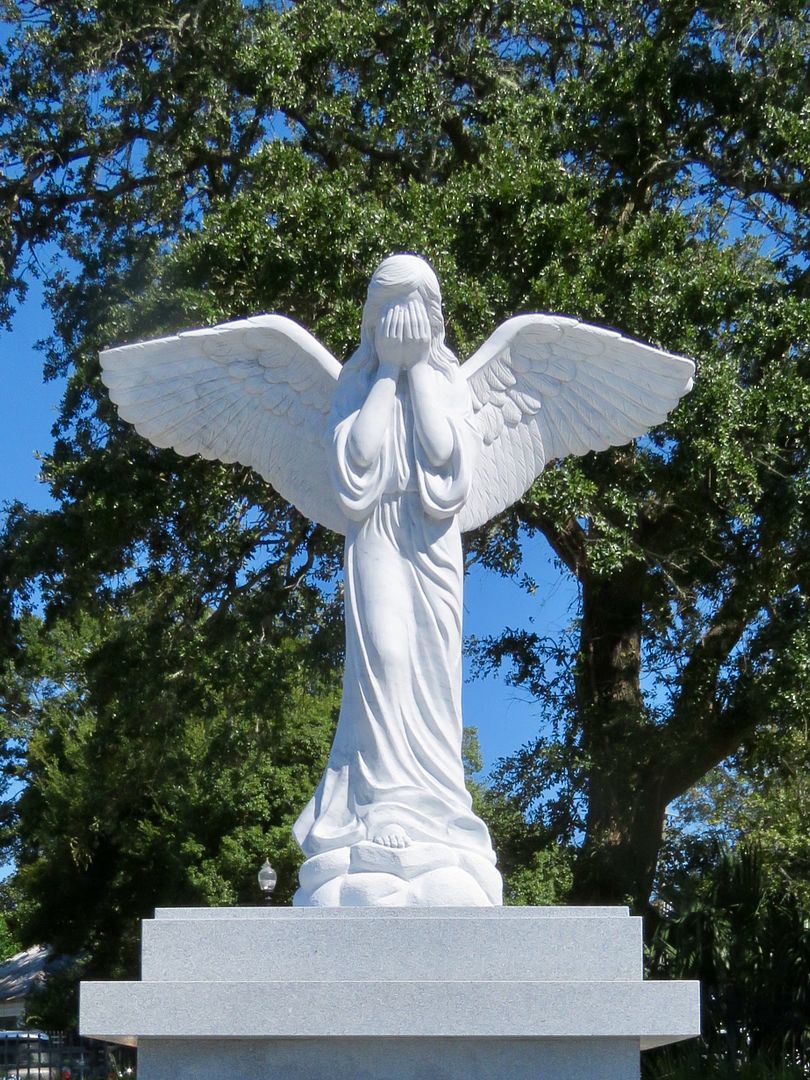
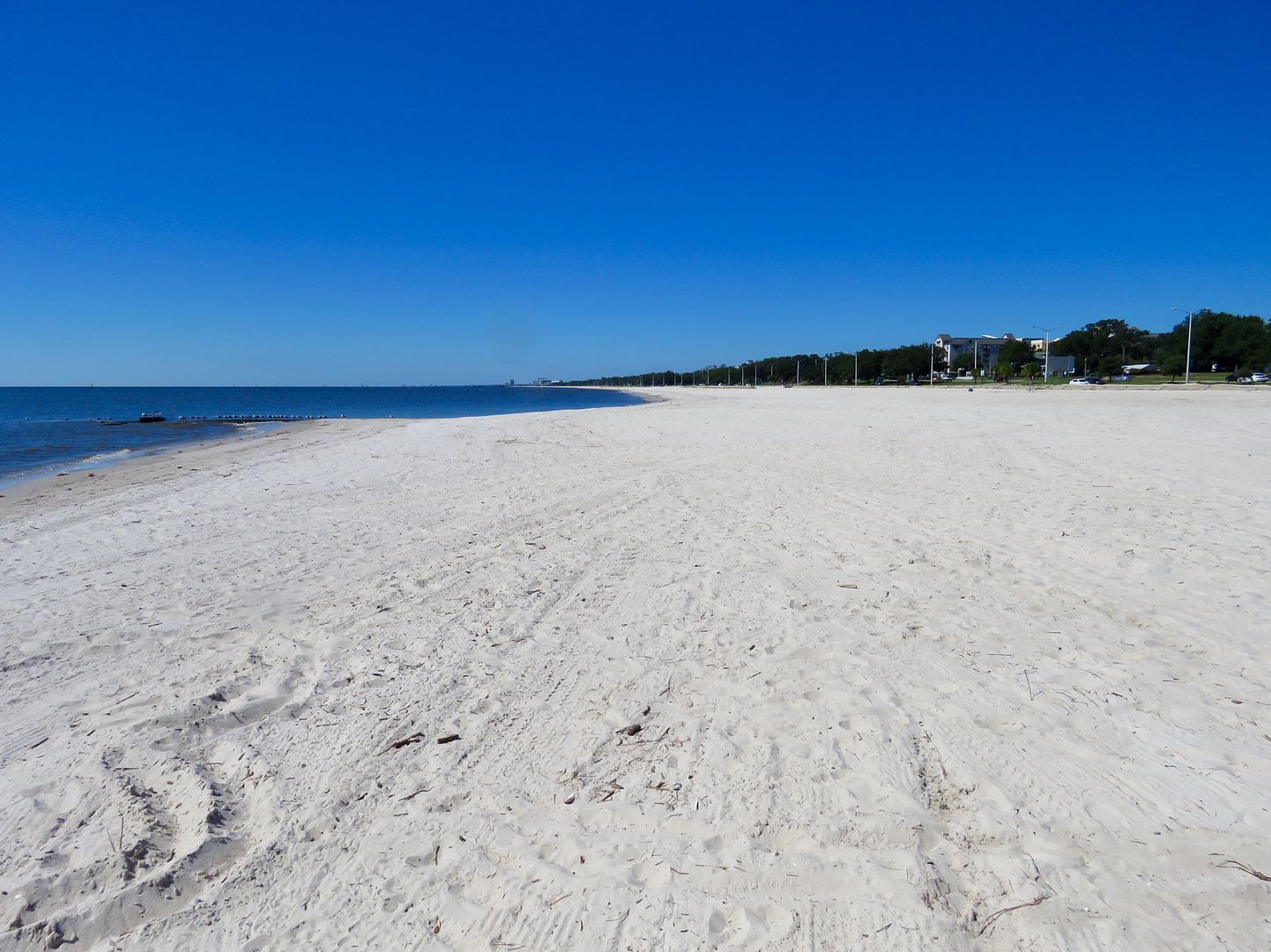

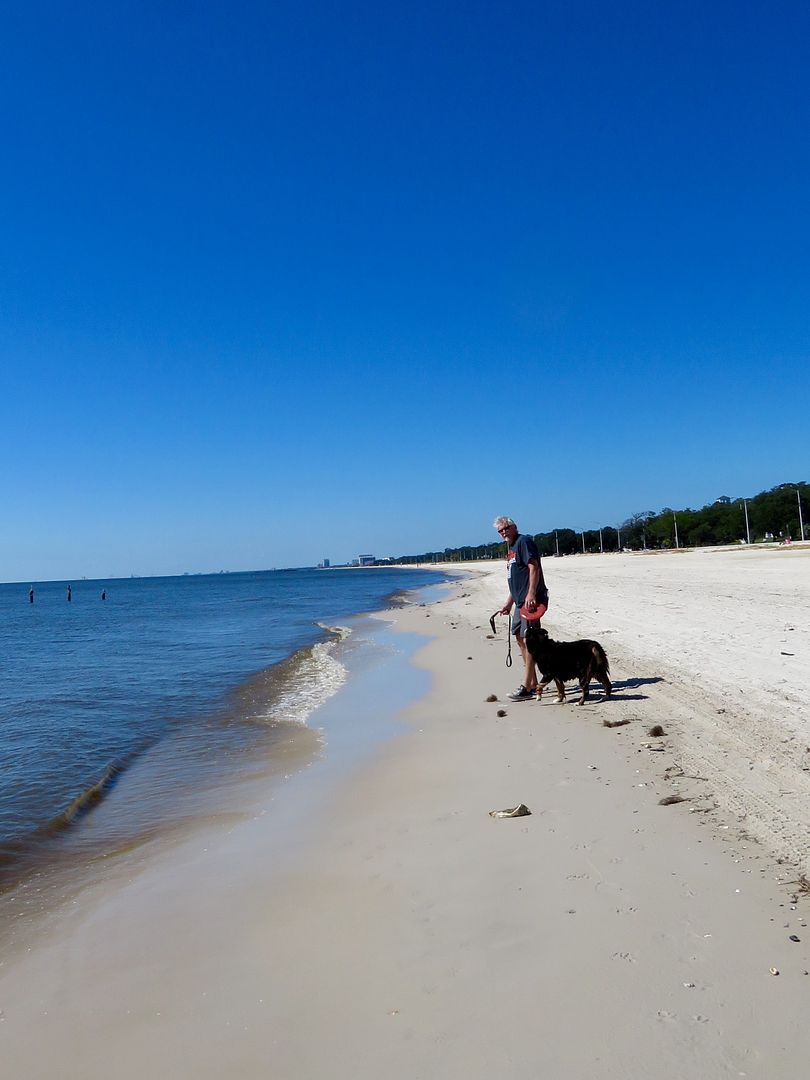
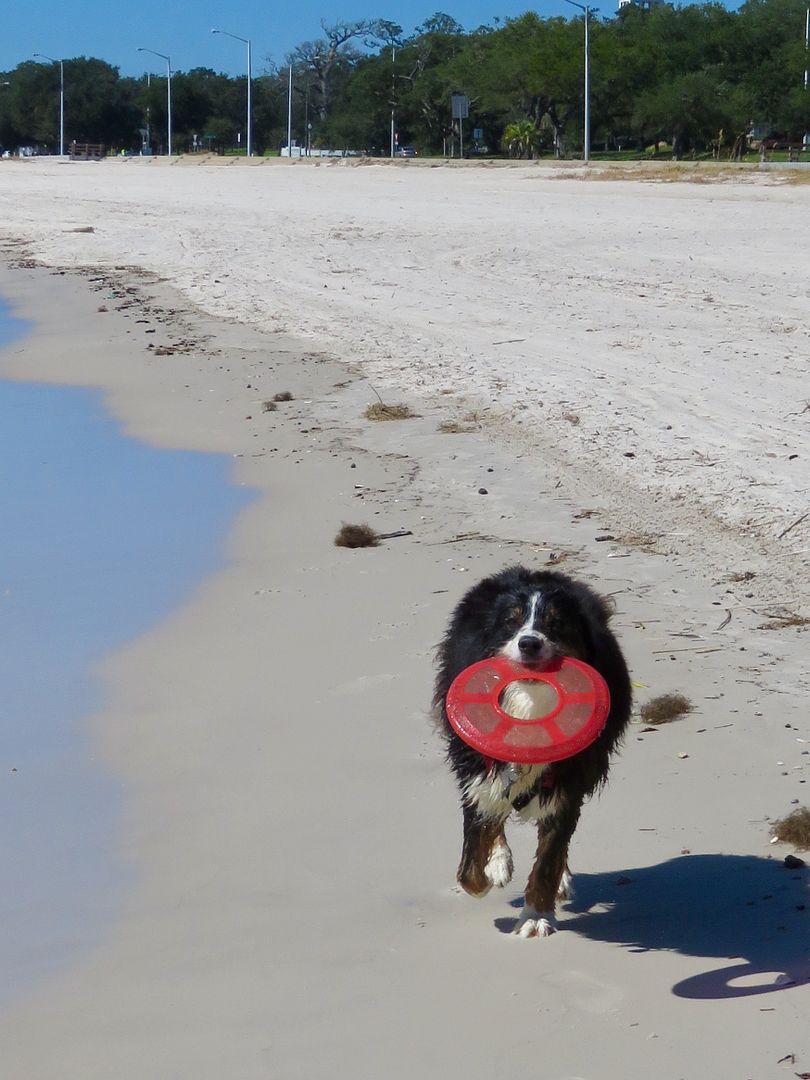
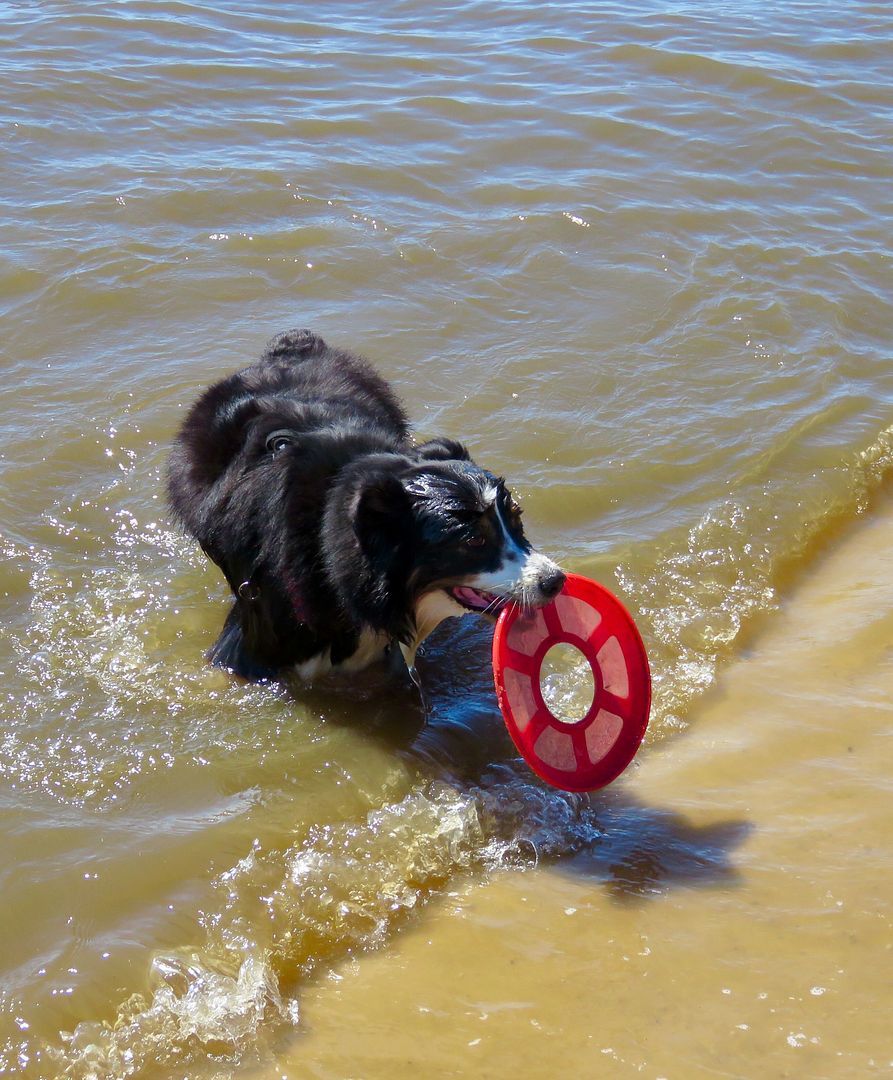
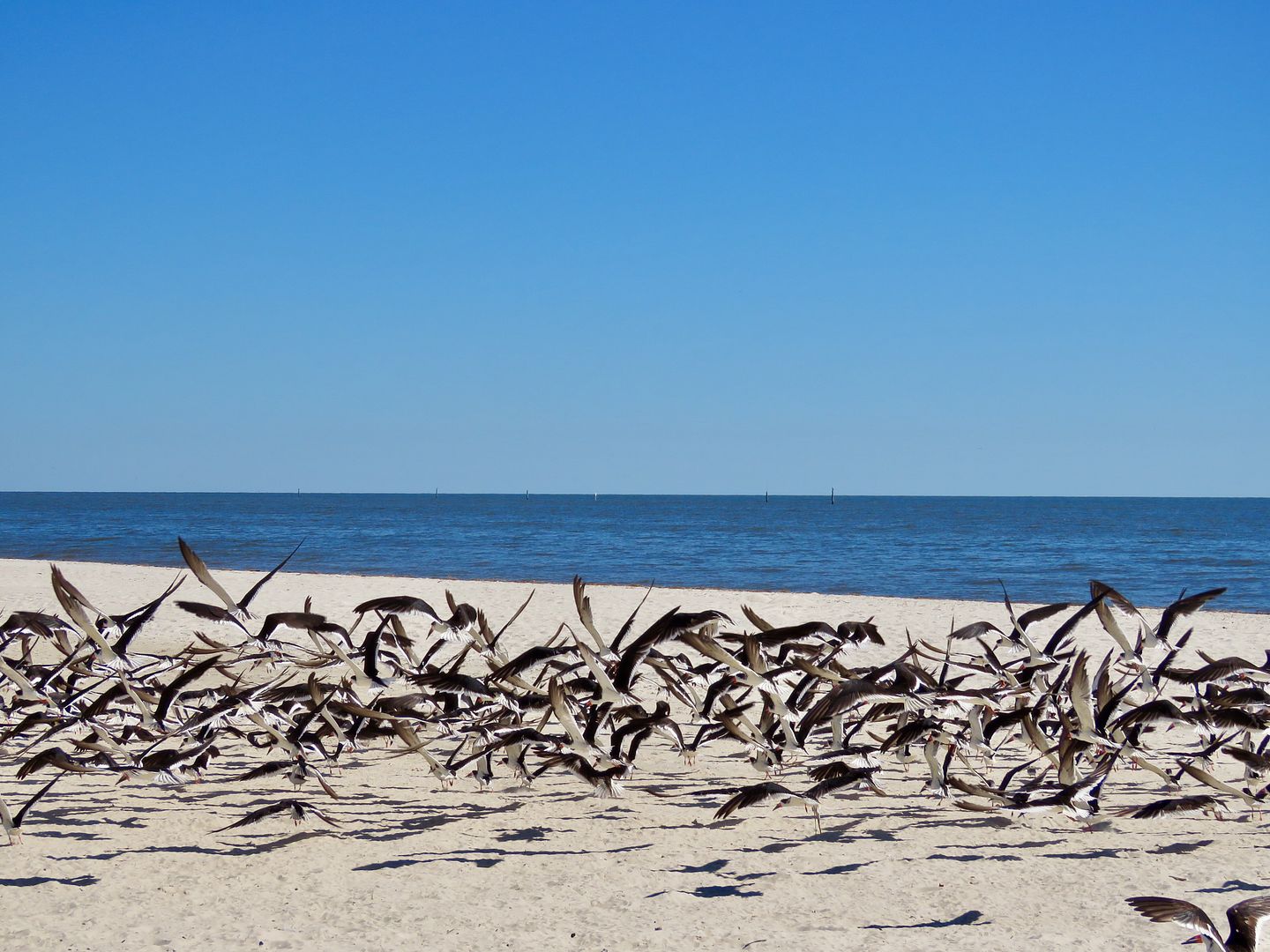
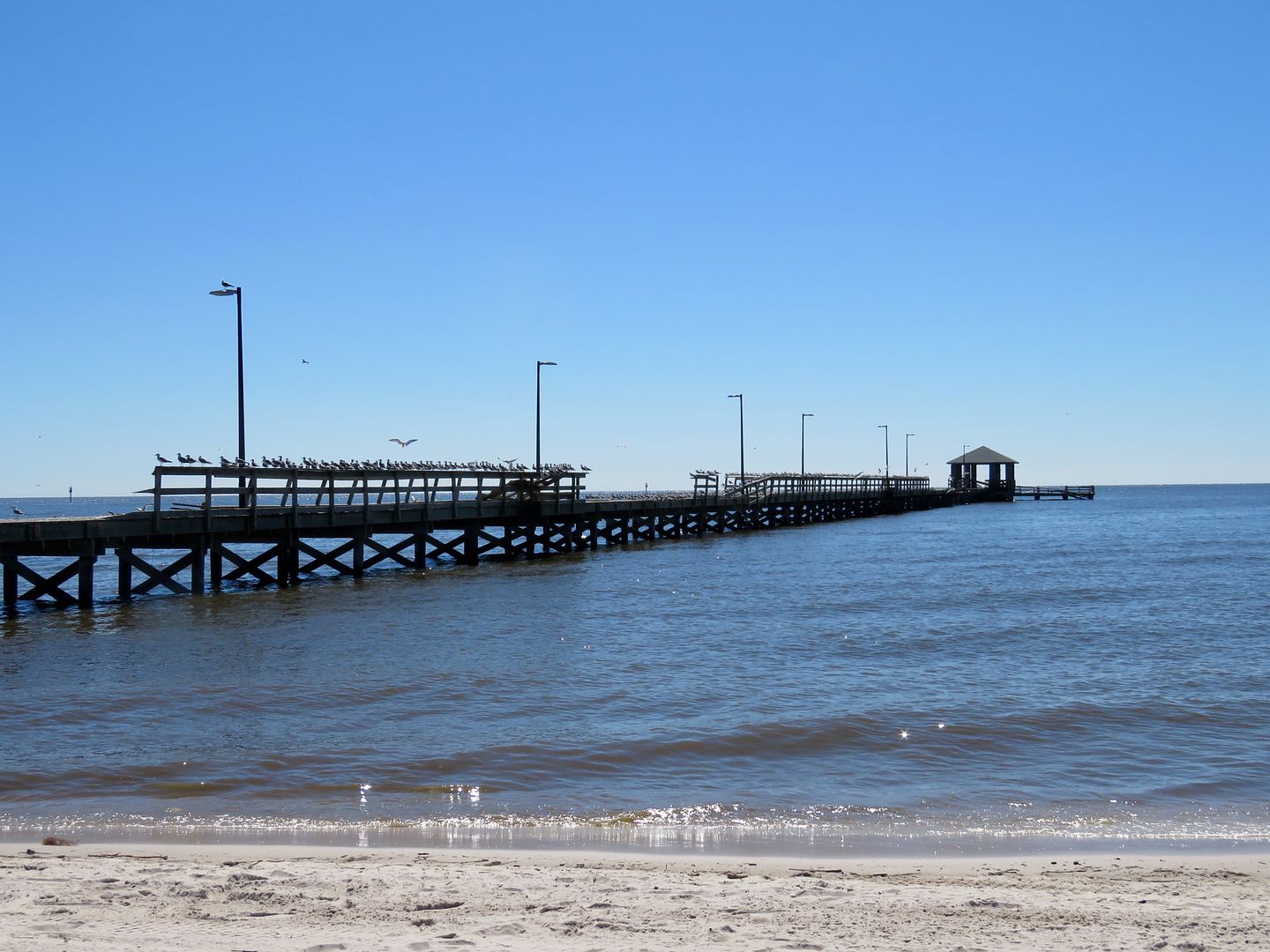

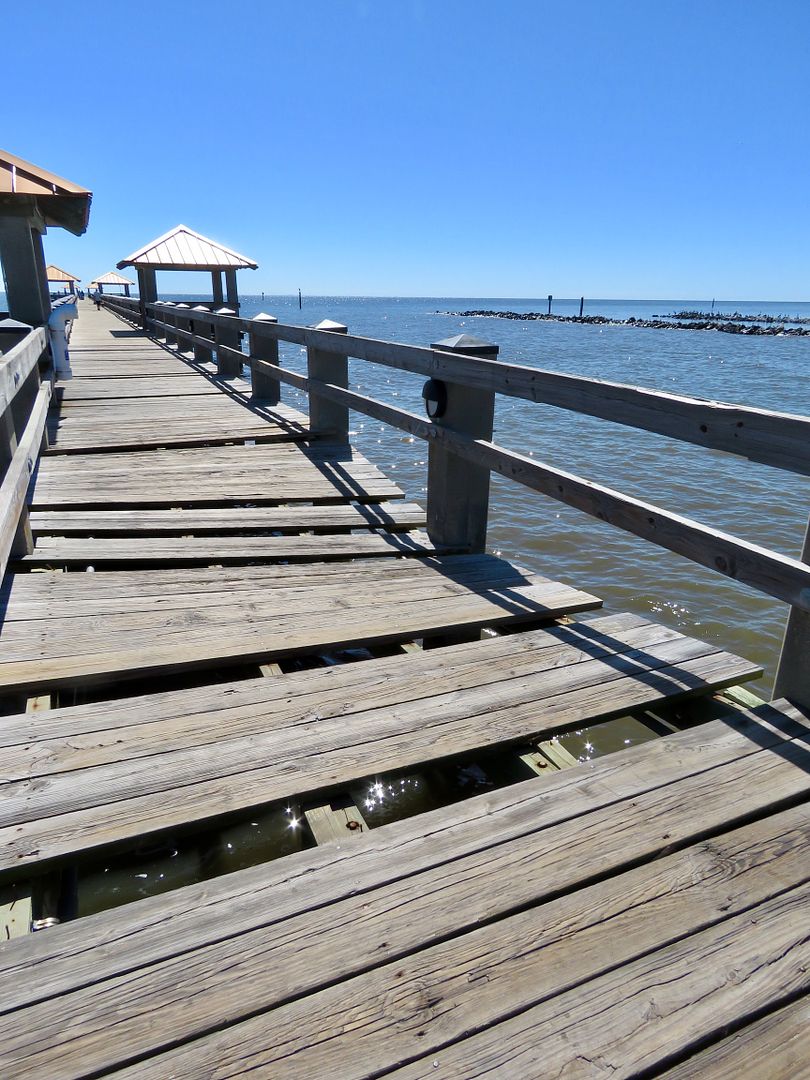

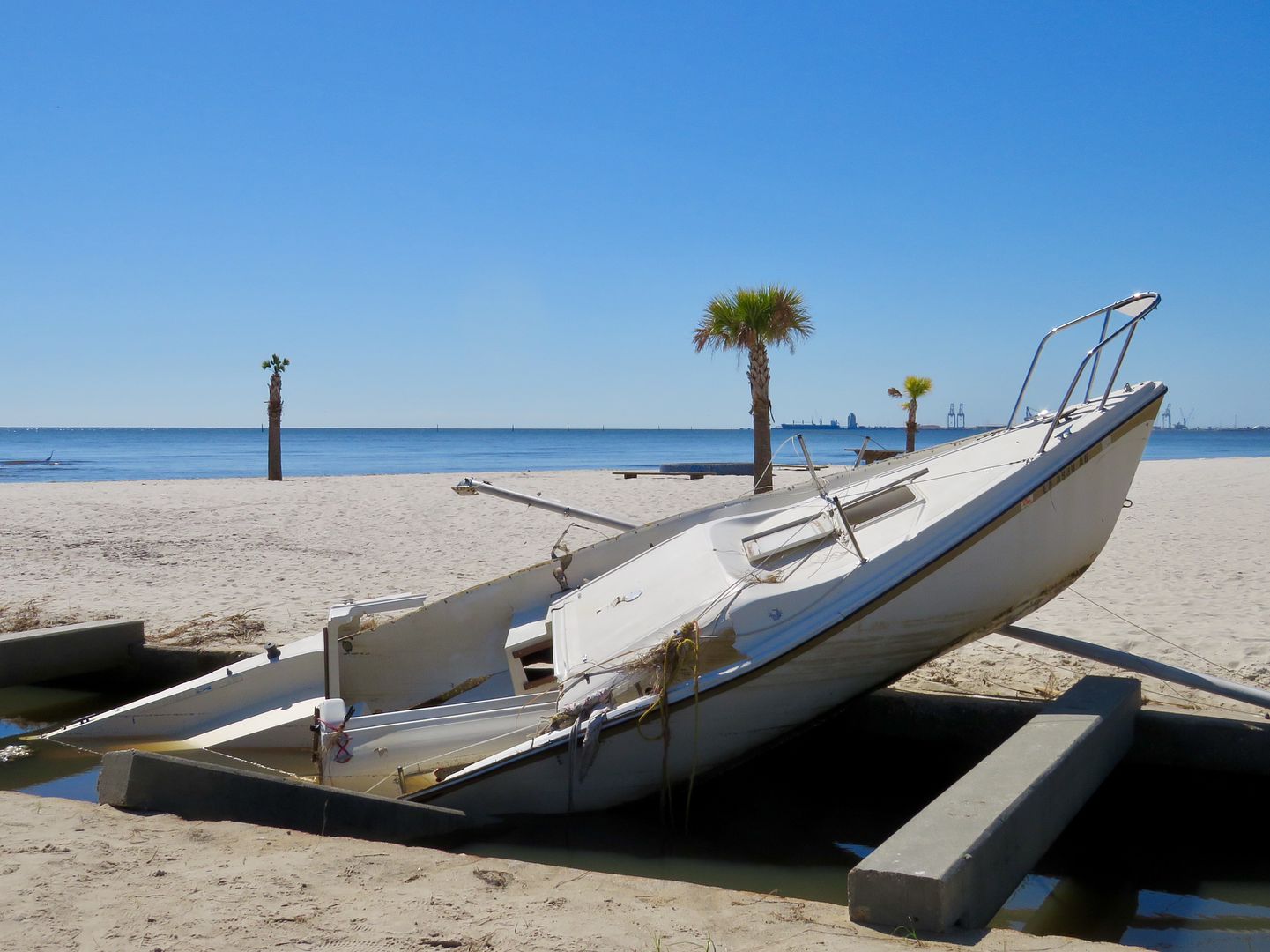
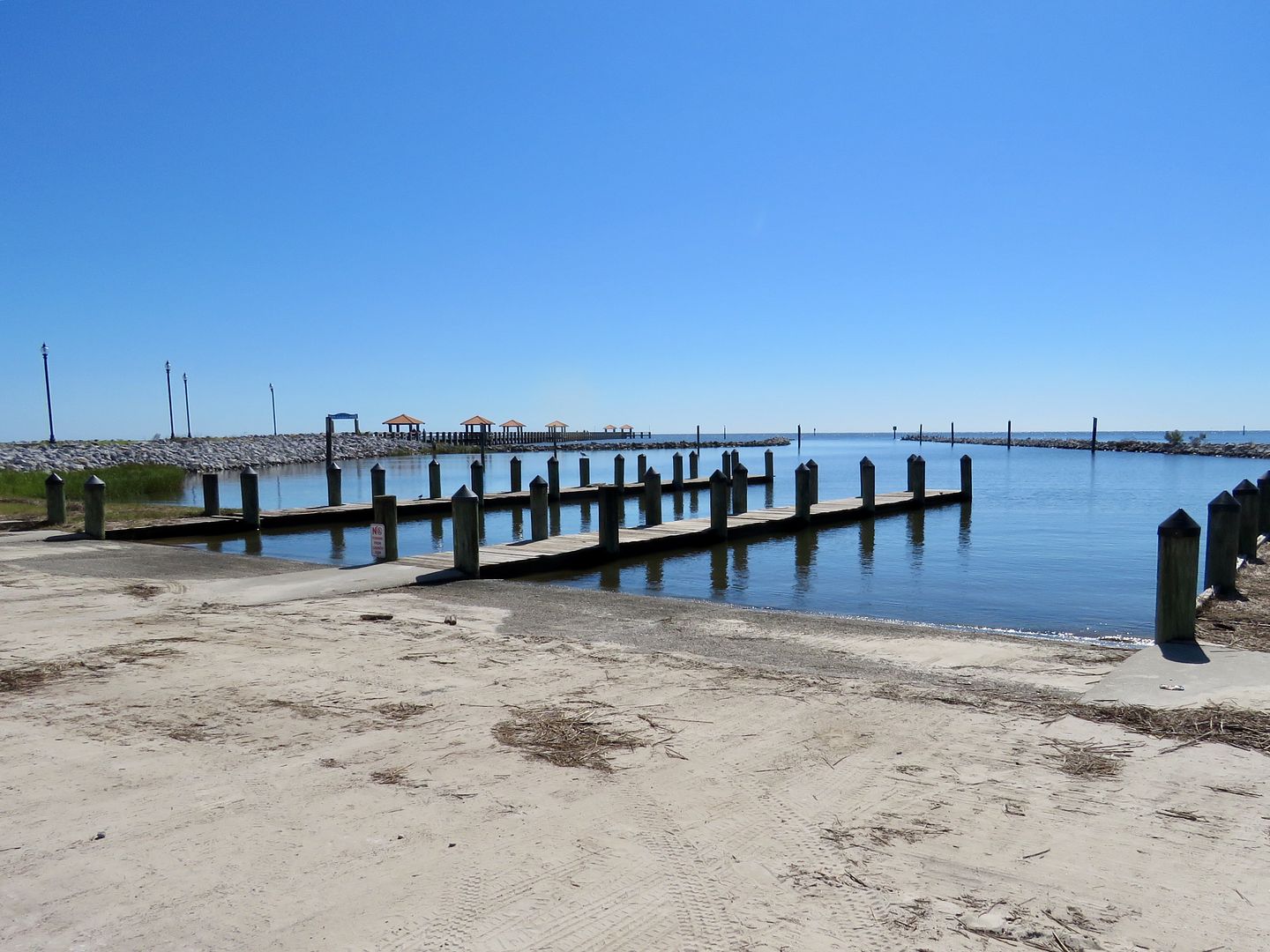
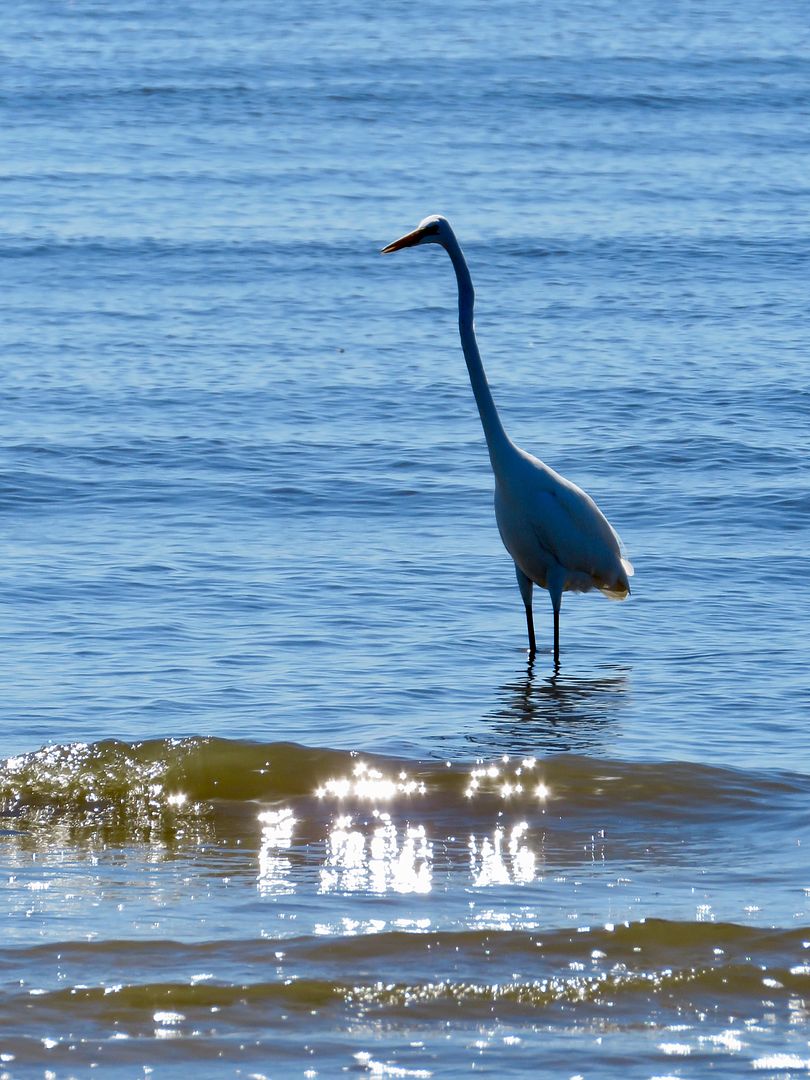
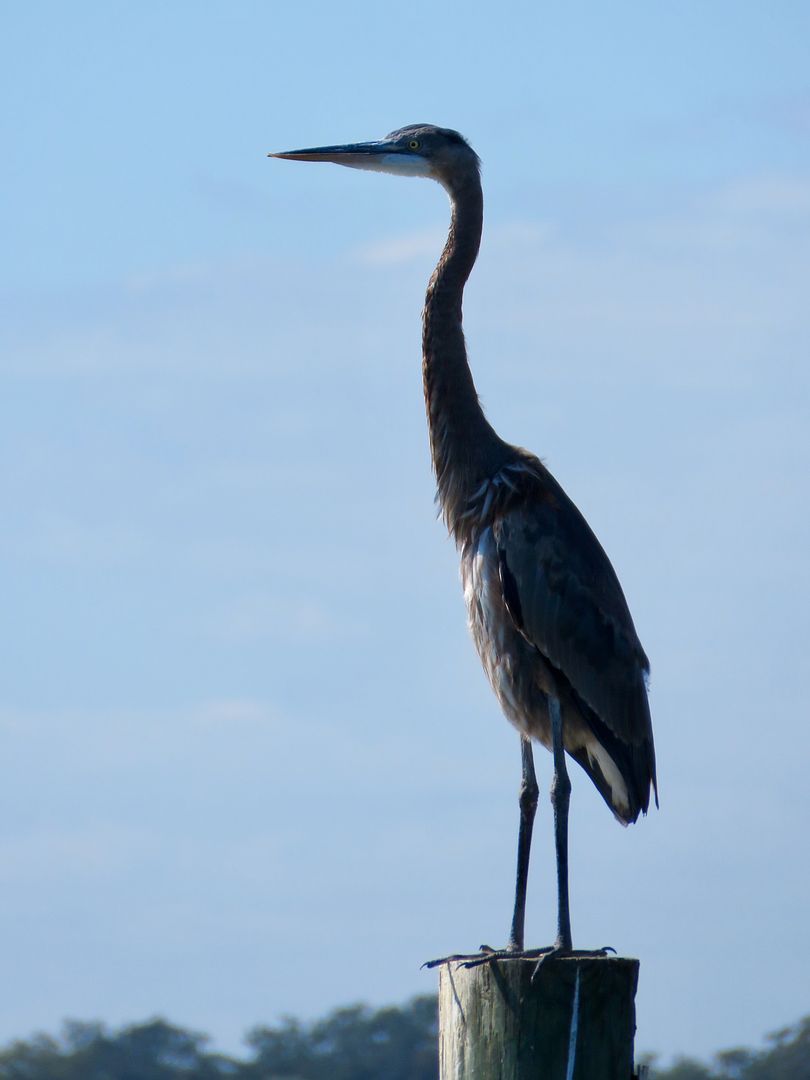
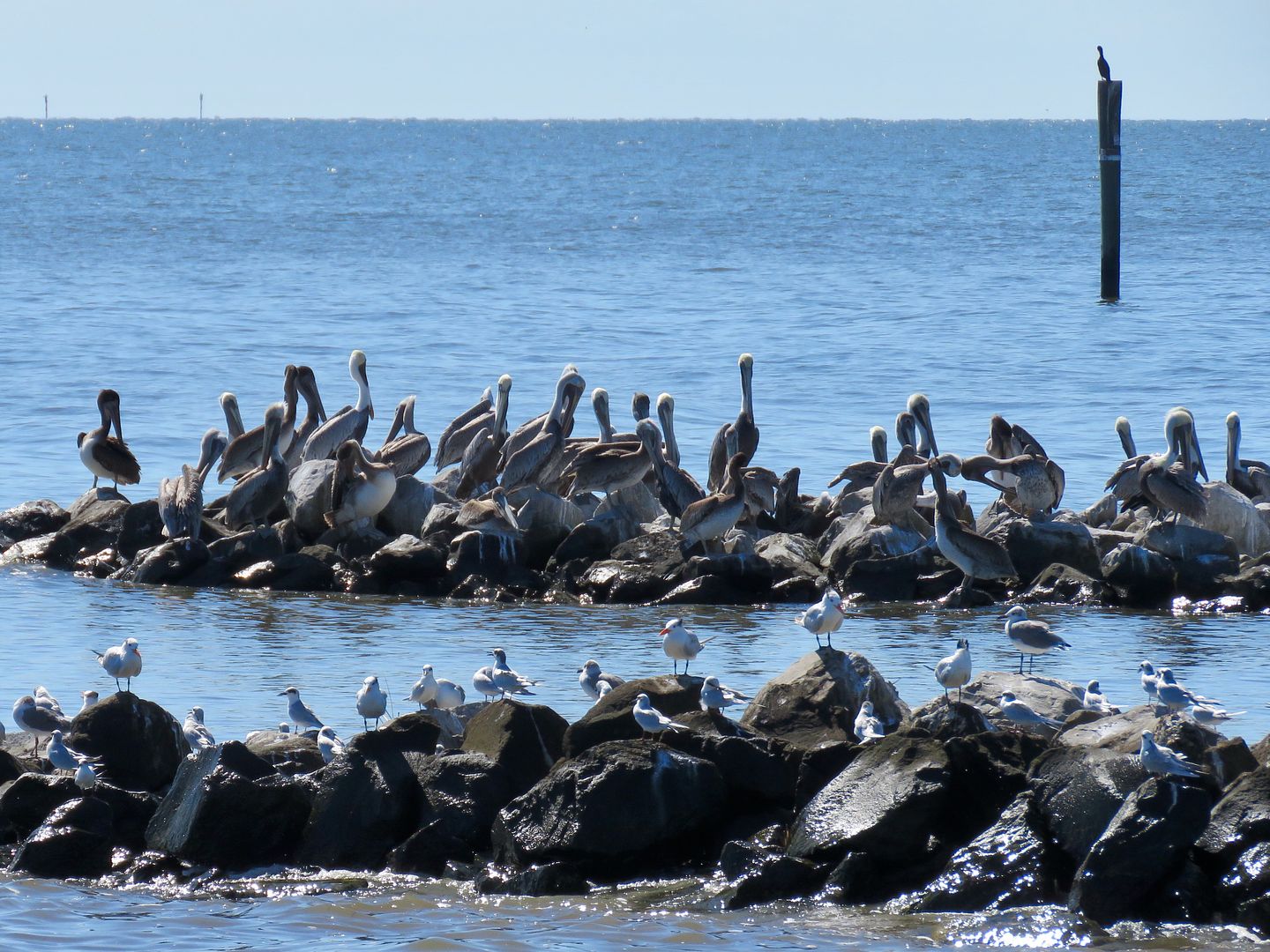
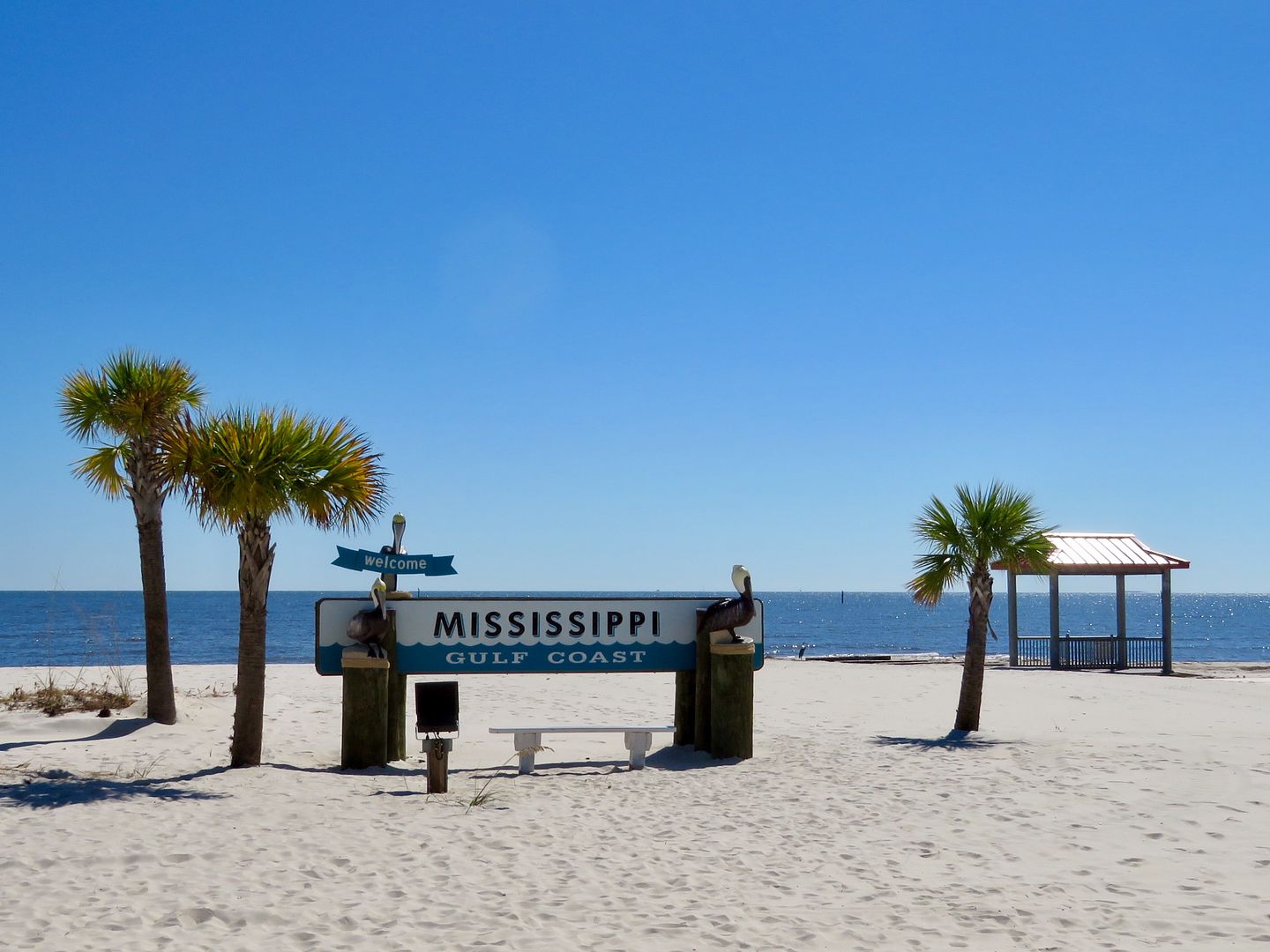

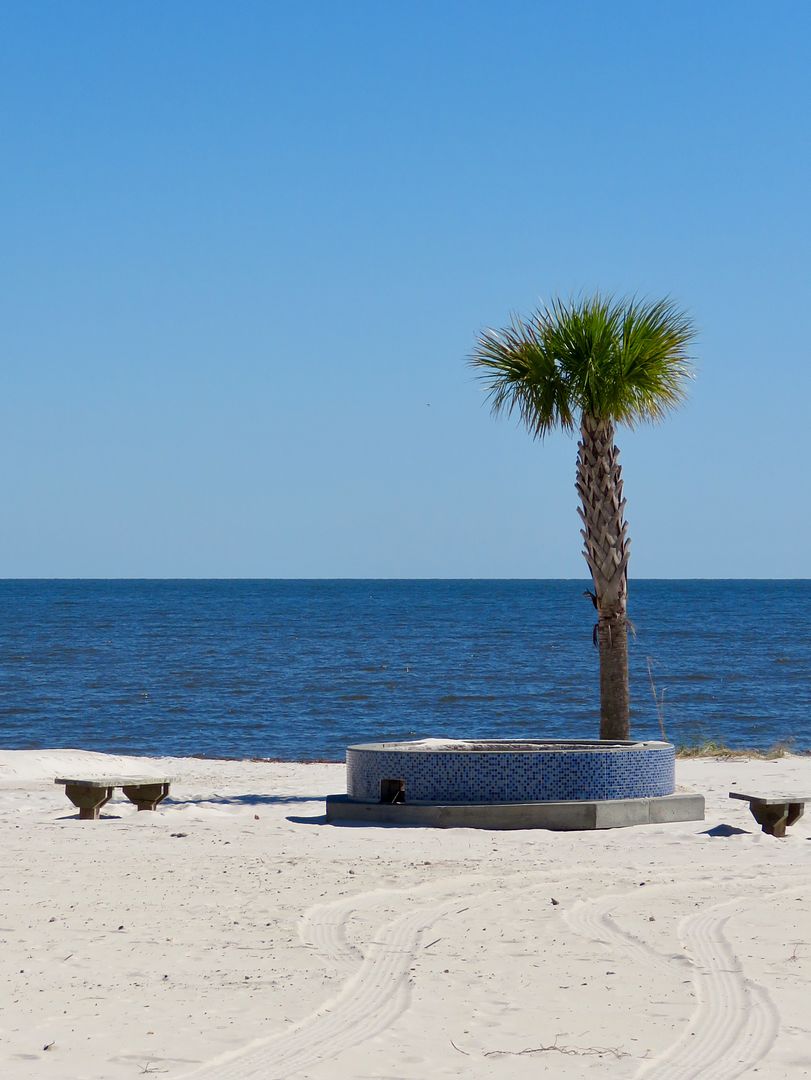
No comments:
Post a Comment